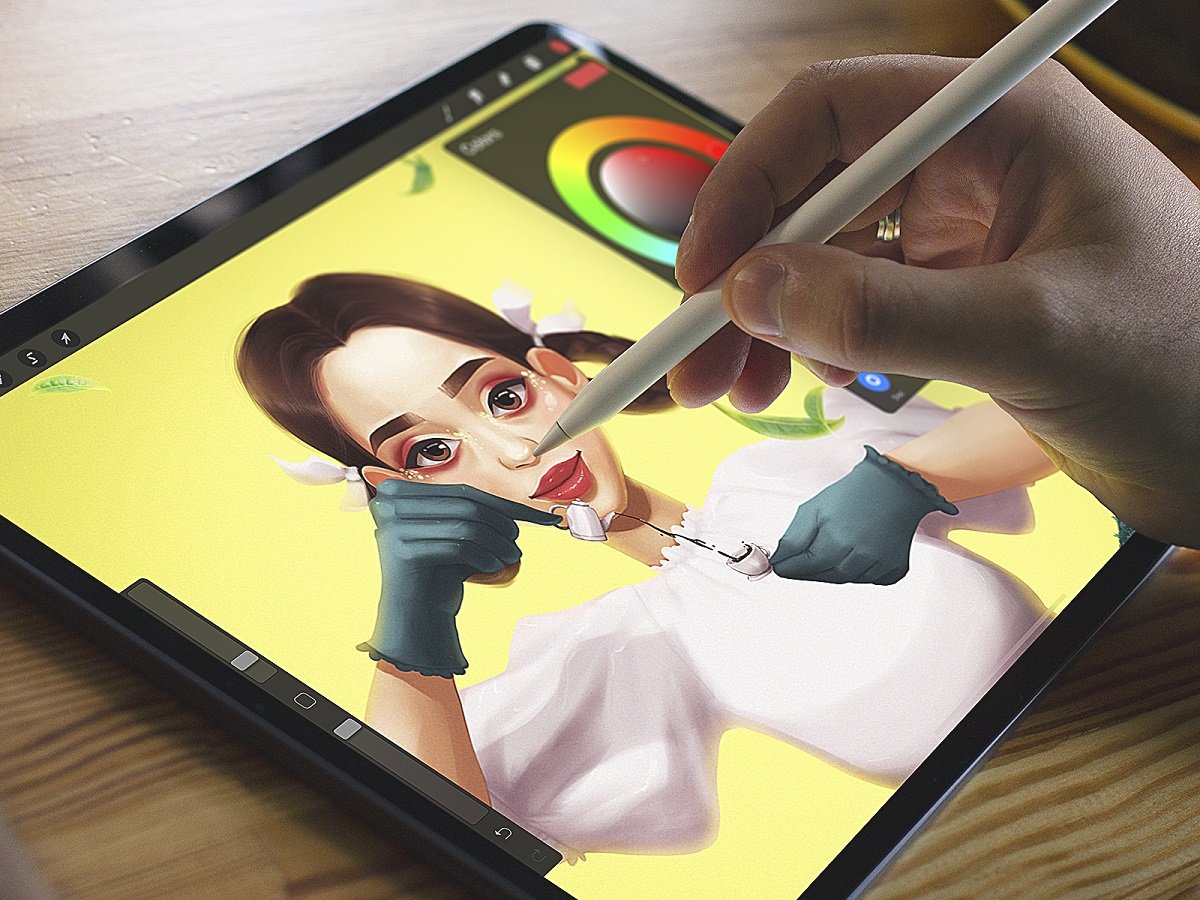The Traditional vs Digital Art Debate
Tubik StudioIn today’s era of Non-Fungible Tokens and an oversaturated market of digital art, many traditional artists feel slighted by the success of their digital counterparts within common consumer markets. Back in the day, artists like Michelangelo and M.C. Escher were celebrated for their amazing ability to capture images of life using nothing but their eye, imagination, and years of discipline to their respective crafts. However, it seems that even the art world is subject to the ever-advancing digital wave of the 21st century. There are more than a few traditional artists that look down upon digital art, and relate creating slick-looking work with minimum effort to “cheating” or “copying”. One artist’s arguments against digital art are laid out in this post, and I thought it was worth discussing and relating to.
While I believe that each has their own pros and cons, there are a few reasons why I personally lean more to the side of the traditionalists. First and foremost, I believe traditional art possesses the qualities of rarity and longevity. An original piece of art that was hand-crafted by an artist is always absolutely one-of-a-kind, and can never be perfectly recreated ever again for the rest of time. Conversely digital art is easily duplicated and there is no way to ensure that it is genuinely original and unique. Second, I believe the ease of production of digital art takes away from the years and years of rigorous training and study done by traditional artists. Just as an athlete must train extremely hard for years to reach their potential, a traditional artist must spend nothing short of years to train their hands to produce up to their potential. When artists can draw perfectly straight lines and can use software to trace over photographs to achieve desired realism, I think it is understandable that those who have devoted years of study to their digital craft think of digital art as “cheating”.
Nonetheless, art is a highly subjective field. The demand for sleek digital art far outweighs the demand for hand-drawn designs and traditional artwork, however I believe both play important roles in the art world. Digital art software has opened the world of creation and artistry to many of people who otherwise would not consider themselves “artistic”, which is a positive thing. However, traditional artists are still very much around and producing incredible pieces as well, and don’t seem to be dying off anytime soon. In my eyes the digitization of art is inevitable, but that doesn’t necessarily mean the extinction of traditional artists, maybe just an evolution in style.
